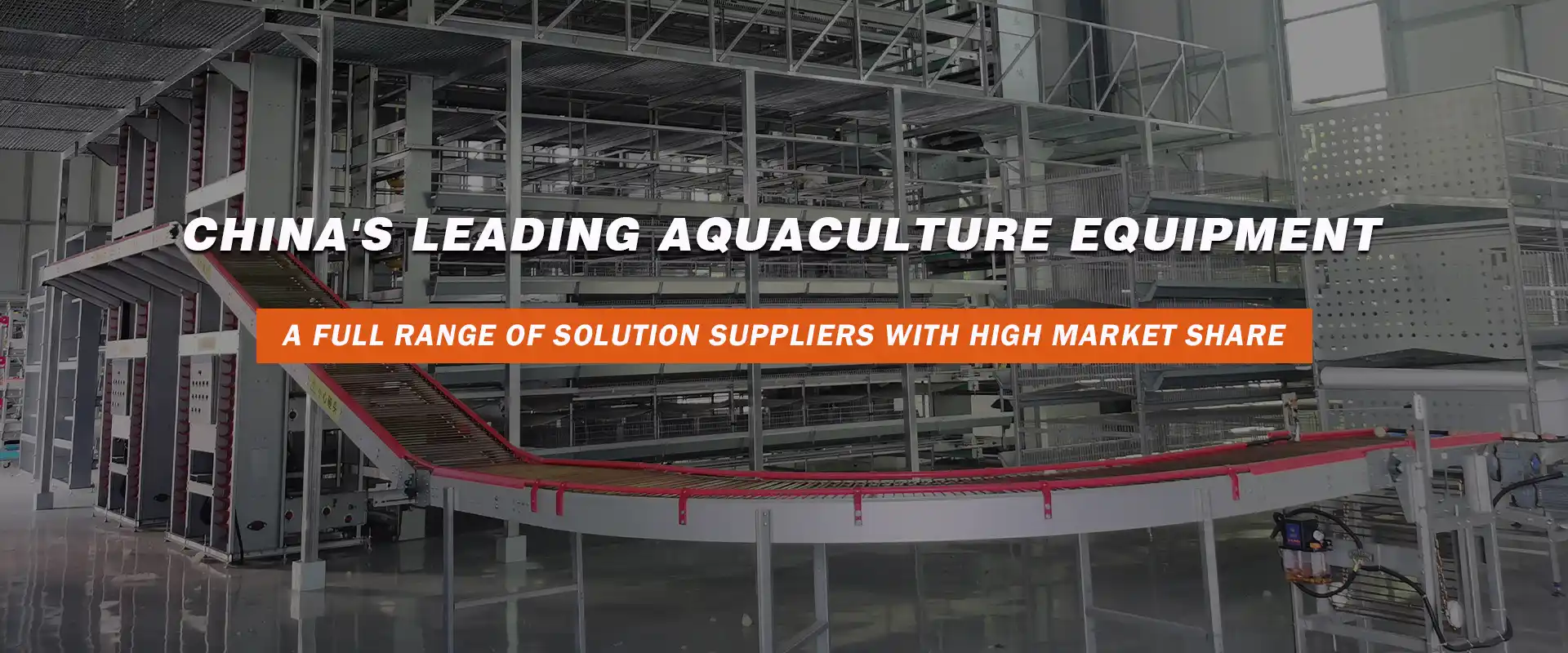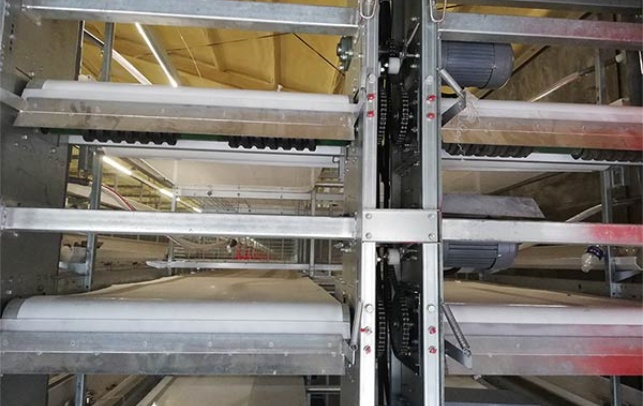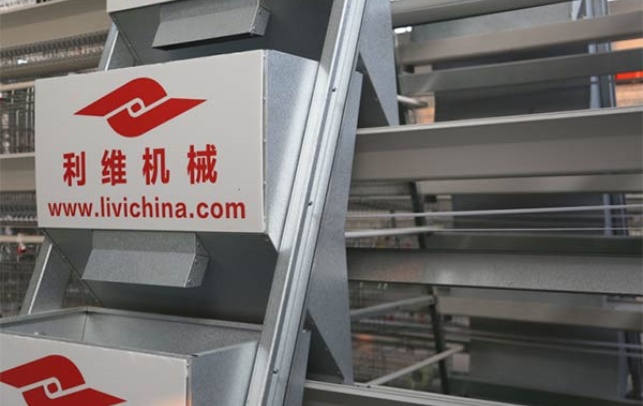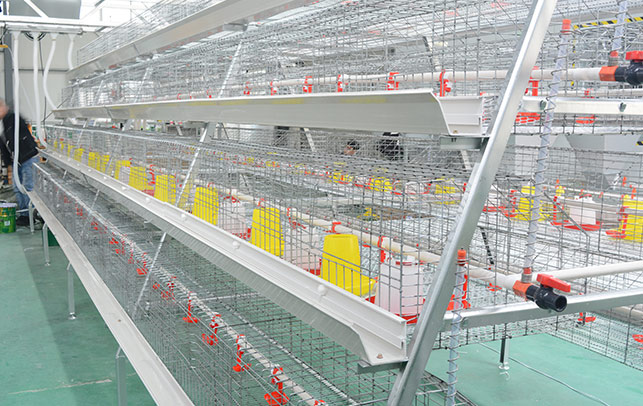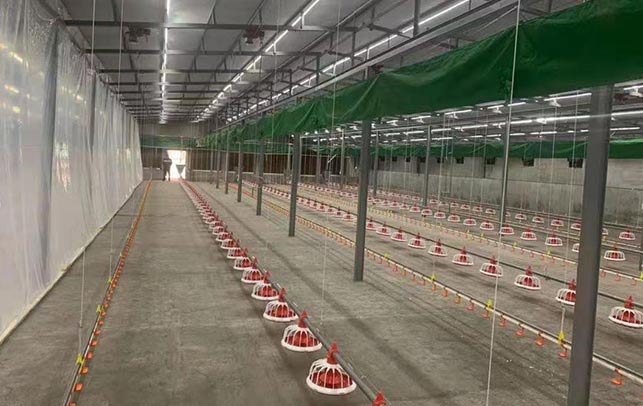What are the prices and dimensions of poultry layer cages?
Time : 2024-05-18
Investing in poultry farming equipment requires careful consideration of various factors, including prices and dimensions of poultry layer cages. These elements not only impact the initial investment but also influence the overall efficiency and profitability of the operation.
Evaluating Poultry Layer Cage Prices for Cost-Effective Solutions
Poultry layer cage prices vary depending on factors such as material quality, design complexity, and supplier reputation. While it may be tempting to opt for the cheapest option available, it’s essential to assess the overall value and long-term benefits offered by different cage systems.
Factors Influencing Poultry Layer Cage Prices
- Material Quality: Cages made from high-quality materials such as galvanized steel or durable plastics tend to command higher prices due to their longevity and resistance to corrosion.
- Design Features: Advanced cage designs with features like automatic feeders, egg collection systems, and integrated waste management may come at a premium but offer enhanced efficiency and labor savings over time.
- Supplier Reputation: Choosing a reputable supplier known for reliability, customer support, and product quality can provide added assurance of investment durability and performance.
Balancing Cost and Quality
- Long-Term Investment: While upfront costs are important, it’s crucial to consider the long-term benefits and return on investment (ROI) offered by higher-quality poultry layer cages.
- Total Cost of Ownership: Factoring in maintenance, repair, and replacement costs over the life cycle of the equipment can help determine the true cost-effectiveness of different cage options.
- Value-added Features: Assessing the additional features and benefits provided by premium cage systems can justify higher initial investments by enhancing productivity, efficiency, and bird welfare.
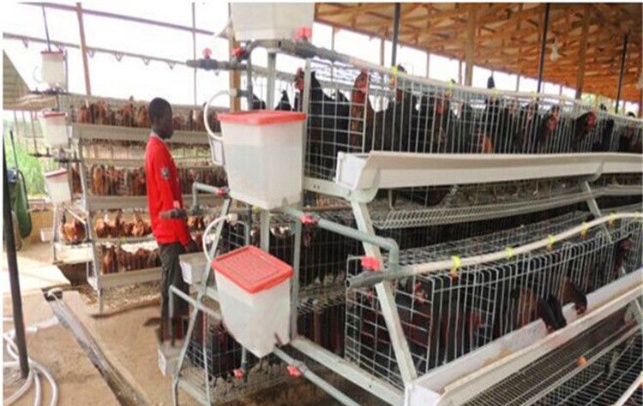
Understanding the Significance of Poultry Layer Cage Dimensions for Optimal Space Utilization
Poultry layer cage dimensions play a critical role in maximizing space utilization within the farming facility while ensuring the comfort and well-being of the birds. Understanding the implications of cage dimensions can help farmers make informed decisions regarding flock density, layout optimization, and overall farm efficiency.
Key Considerations for Poultry Layer Cage Dimensions
- Bird Comfort: Adequate space allowance per bird is essential for minimizing stress, promoting natural behaviors, and preventing overcrowding-related health issues such as feather pecking and cannibalism.
- Floor Space Allocation: Balancing the number of cages and the floor space available within the facility is crucial for optimizing flock density without compromising bird welfare or operational efficiency.
- Vertical Space Utilization: Utilizing vertical space effectively through multi-tiered cage systems can maximize the capacity of the farming facility while minimizing its footprint, making efficient use of available land resources.
Customization and Adaptability
- Tailored Solutions: Suppliers offering customizable cage dimensions can provide tailored solutions that align with specific farm requirements, whether it’s accommodating unique building layouts or optimizing space utilization in constrained environments.
- Future Expansion: Considering scalability and flexibility in cage design allows for future expansion or reconfiguration of the farming facility to accommodate changing operational needs and market demands.
Conclusion: Striking the Right Balance for Successful Poultry Farming
In conclusion, informed decision-making regarding poultry layer cage prices and dimensions is essential for achieving success and profitability in poultry farming operations. By evaluating the total cost of ownership, considering value-added features, and understanding the implications of cage dimensions on bird welfare and space utilization, farmers can make strategic investments that optimize efficiency, productivity, and long-term sustainability. With careful planning and a commitment to quality, poultry farmers can create a conducive environment for their flock to thrive while maximizing operational performance and profitability.




